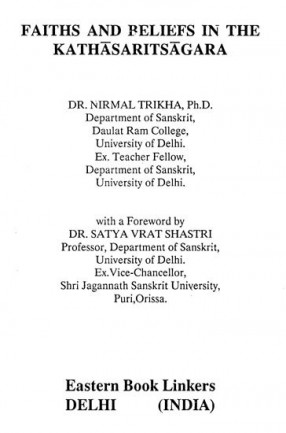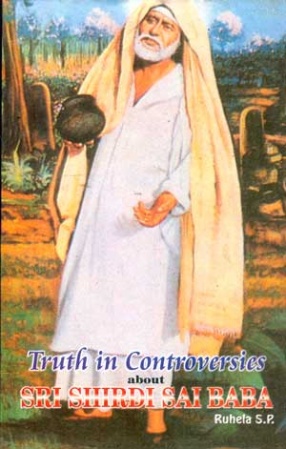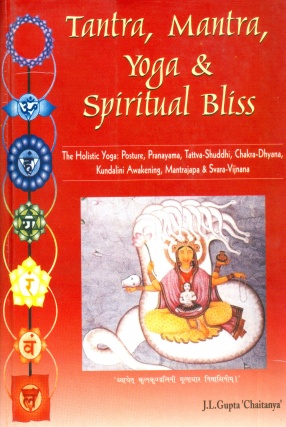Faiths and Beliefs in the Kathasaritsagara
Faiths and beliefs are the important aspects of the multiaitional incomprehensible Indian Culture as these have substantially contributed to the making of Indian Thought. The importance of the study of faiths and beliefs is proved by the fact that faiths and beliefs have entered the wrap and woof of Indian Life and give a meaning and a purpose to it. The study helps us in understanding the psychic make-up of the people. The Kathasaritsugara (1063-1081 A.D) of Somadeva is a Sanskrit version of the lost Brhatkatha of Gunadhya. As the work contains floating stories spread over from the Pre-Vedic Age to the eleventh centuary A.D., it is indispensable for having an insight into the faiths and beliefs of the Indian Society. The existing works based on the study of the Kathasaritsagara do not fully explore the aspects of faiths and beliefs from it. The present work is an attempt to give an exhaustive and comprehensive survey of faiths and beliefs in the Kathasaritsagara. Moreover, about two thousand foot-notes - e been added to give the relevant information on the subject. It is my solemn duty to offer my sincere thanks to all those scholars and organizations who have helped me in carrying the work to completion. I am thankful to all those scholars • published works have been gratefully acknowledged by in the foot-notes and in the Bibliography. I offer my regards to Dr. Ramashraya Sharma, Senior Lecturer in Sanskrit, Zakir Husain College, University of Delhi, and a recipient of a prestigious award in 1991 from the Sanskrit Academy for his zeal to promote the cause of Sanskrit. But for his deep interest, worthy guidance, perennial encouragement and constant inspiration, I would never have been able to complete the work. I express my deepest gratitude to Prof. Satya Vrat Shastri, Department of Sanskrit, University of Delhi, who has always inspired me by his thorough wisdom and enriched the present work with his critical and constructive Foreword. I am highly thankful to the University Grants Commission for awarding me Long Term Teacher-Fellowship for my re-search work. I am grateful to the University of Delhi for granting me the permission to publish my Ph.D. thesis. I express my sincere thanks to the authorities of the Delhi University Library, Archaeological Survey of India, Delhi, and National Museum Library, Delhi, for their kindness in allowing me access to all the relevant books and journals available with them. I express my deep sense of admiration, gratitude and regards to all my teachers, friends and well-wishers who have taken keen interest in my work and have always encouraged me. I owe the highest sense of regards, appreciation and gratefulness to Shri Karan Singh Gautam, a Senior and a learned teacher in Govt.S.S.School, Netaji Nagar, Delhi, who initiated me into the world of knowledge at Jangpura Ext., New Delhi in 1953 and whose all-round personality has always been the greatest source of inspiration and guidance throughout my life. The work could not have seen the light of the day without the moral support of my mother and the co-operation of my family members. My special thanks are due to my husband Dr.R.K. Trikha, Reader, Department of Chemistry. Hansraj College, for his constant help and constructive suggestions. Our children Smriti, Stuti and Sakshi too have renderec great help to me for this work. The work could not have seen the light of the day without the moral support of my mother and the co-operation of my family members. My special thanks are due to my husband Dr. R.K. Trikha, Reader, Department of Chemistry Hansraj College, for his constant help and constructive suggestions. Our children Smriti, Stuti and Sakshi too have renderec great help to me for this work. I Express my sincere thanks to Shri Sham Lal, Proprietor Eastern Book Linkers, 5825, New Chandrawal Road, Delhi, for expidiating the arduous task of publishing the book so efficiently.
Get it now and save 10%
BECOME A MEMBER







Bibliographic information